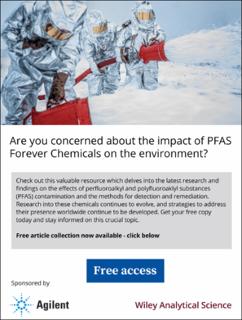| dc.description.abstract | In 2012, 20 key questions related to hazard and exposure assessment and environmental and health risks of pharmaceuticals and personal care products in the natural environment were identified. A decade later, this article examines the current level of knowledge around one of the lowest-ranking questions at that time, number 19: “Can nonanimal testing methods be developed that will provide equivalent or better hazard data compared with current in vivo methods?” The inclusion of alternative methods that replace, reduce, or refine animal testing within the regulatory context of risk and hazard assessment of chemicals generally faces many hurdles, although this varies both by organism (human-centric vs. other), sector, and geographical region or country. Focusing on the past 10 years, only works that might reasonably be considered to contribute to advancements in the field of aquatic environmental risk assessment are highlighted. Particular attention is paid to methods of contemporary interest and importance, representing progress in (1) the development of methods which provide equivalent or better data compared with current in vivo methods such as bioaccumulation, (2) weight of evidence, or (3) -omic-based applications. Evolution and convergence of these risk assessment areas offer the basis for fundamental frameshifts in how data are collated and used for the protection of taxa across the breadth of the aquatic environment. Looking to the future, we are at a tipping point, with a need for a global and inclusive approach to establish consensus. Bringing together these methods (both new and old) for regulatory assessment and decision-making will require a concerted effort and orchestration. | en_US |

